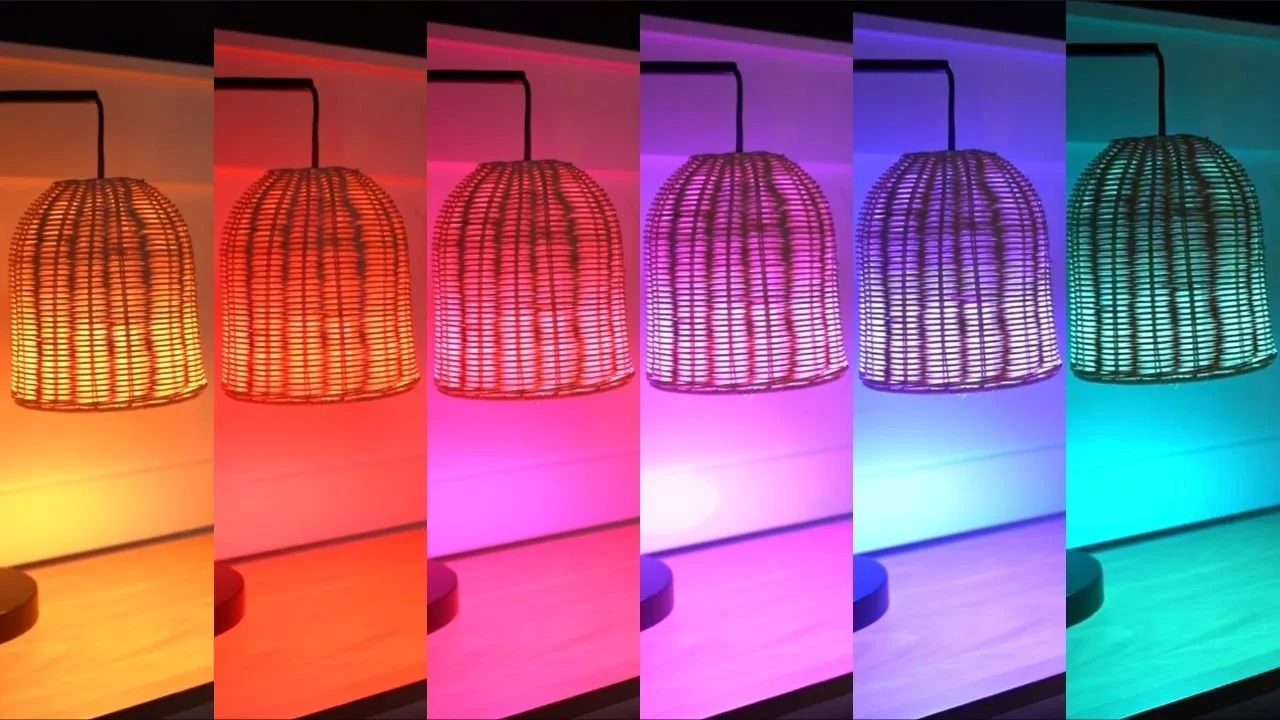Color Chaos? Avoid Editing Headaches with Balanced Color Temp (Your Eyes Will Thank You)

 Aug 12, 2025
Aug 12, 2025
 Lighting
Lighting
When it comes to photography and video production, we often obsess over camera specs, lenses, and fancy editing tools. But one sneaky culprit behind countless editing headaches is hiding in plain sight: color temperature.
If you’ve ever spent hours trying to fix weird orange skin tones or battling that bluish ghost vibe in your footage, you know exactly what we’re talking about. In this guide, we’ll break down why balanced color temperature is your new best friend — and how it can save you from endless color correction nightmares and overcomplicated color grading sessions.
The big deal about color temperature
Color temperature, measured in Kelvin (K), determines whether your light looks warm (yellow/orange) or cool (blue). Candlelight sits around 1,800K, typical indoor lighting is around 3,200K, and daylight lands near 5,500K. When you mix different light sources without considering their color temperatures, you get funky color casts that make your footage look like a scene from a low-budget alien movie.
This is where the dreaded color correction slog begins. Trying to fix mismatched lighting in post can easily eat up hours of your life and leave you with results that still don’t look quite right.
Why balanced lighting reduces editing pain
When your lighting is consistent and your color temperature is balanced, your footage or photos look better right out of the camera. That means far less time spent on color correction trying to fix exposure and color issues, and more time for the fun part — color grading, where you add creative styles and moods.
Editing becomes faster, smoother, and honestly, way less frustrating. Imagine skipping the endless back-and-forth with sliders and actually enjoying your post-production workflow.
How to nail your color temp and keep your sanity
1. Match your light sources
Using multiple light sources? Make sure they have the same color temperature. If you’re combining window light with indoor bulbs, balance them with gels or filters to avoid weird mixes that create uneven skin tones.
2. Use adjustable LED panels
Many modern LED panels allow you to adjust color temperature. Invest in these, and you’ll thank yourself later. They let you dial in the perfect warmth or coolness without depending on heavy color correction afterward.
3. Set your camera’s white balance manually
Auto white balance can betray you faster than a bad friend. Take control and set it manually to match your environment. This simple step alone can save you hours in post.
4. Use a grey card or color checker
Including a grey card in a few frames helps you fine-tune your white balance and makes color correction a breeze later. It’s a small effort with a big payoff.
The ripple effect: professional and client-approved results
Balanced color temperature doesn’t just help your editing process; it makes your work look instantly more polished. Consistent skin tones, natural colors, and a professional feel are things both clients and audiences immediately notice (even if they can’t always explain why).
Plus, when your footage is close to perfect from the start, your color grading phase becomes purely creative instead of a rescue mission. You get to focus on setting the mood, building your style, and adding that cinematic touch instead of fixing mistakes.
Time saved is money earned
In the creative world, time really is money. Reducing the need for heavy color correction means you can deliver projects faster, take on more work, or simply enjoy a well-deserved break.
Instead of burning out trying to “fix it in post,” you’ll be spending that time crafting stunning visuals that make you proud — and maybe even impress your clients enough to earn that sweet referral or bonus.
Final thoughts
Color temperature might sound technical or boring at first, but getting it right is a game changer. In this guide, we’ve shared why balanced color temperature is so crucial and how it saves you from headaches in color correction and sets the stage for more inspired color grading.
So next time you're setting up your lights, pause for a moment. Check your color temp, match your sources, and set that white balance. Your eyes, your sanity, and your future self-stuck in the editing suite will all thank you.
Want to upgrade your lighting setup and make editing feel like a breeze? Contact us at Foxtalkx Studio and let’s bring your vision to life — minus the headaches.
